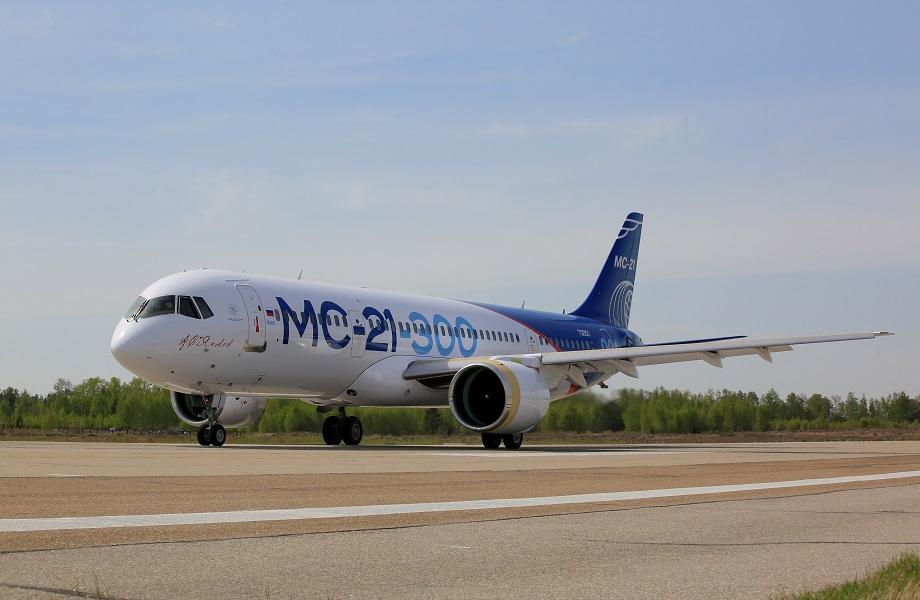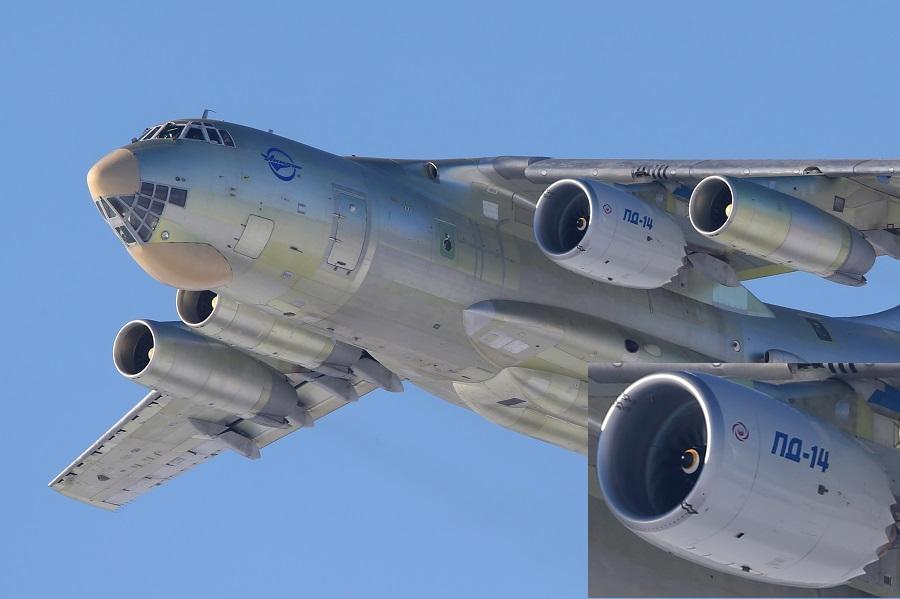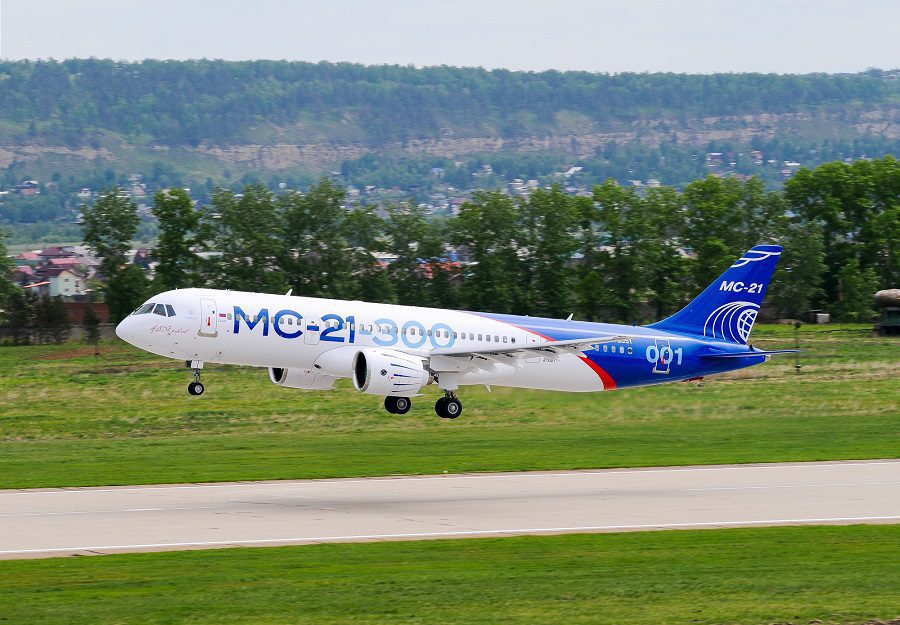Russian authorities report that the Irkut MC-21 will soon be going into mass production, in another attempt to shake up the Boeing/Airbus duopoly.
This news comes from Russian Prime Minister Mikhail Mishustin, in a presentation to the State Duma. He spoke about mass production plans for the MC-21 and other projects, at a time when the jet should be getting close to certification. There are currently four prototypes of the aircraft in flight testing: three MC-21-300 and one MC-21-310 model. The -300 variant has Pratt & Whitney PW1400G engines, while the -310 version uses the Russian Aviadvigatel PD-14.

The -3xx is the larger of the two variants of the MC-21 that will go into mass production. There will also be the MC-21-200/210, which will have a shorter fuselage, with the same two engine options. Comparing these with planes we know, the MC-21-3xx is similar to (but a bit bigger than) the A320 and MAX-8. It will have 163 seats, or 211 in a single-class configuration. The MC-21-2xx is closest to an Airbus A319, with 132 or 165 seats respectively.
Irkut also has longer-term plans for a bigger MC-21-400, with approximately 250 seats. However, initial mass production preparations are for the other two MC-21 variants. In all versions, this should be quite a roomy and comfortable aircraft. It will be 11cm/4.3” wider than the Airbus A320 family and 27cm/11” more than the 737! Like these aircraft, the MC-21 has a 3-3 seat layout.

MC-21 – Innovation, Mass Production And… External Factors
We recently saw the Chinese COMAC C919, and its prospects as a competitor to the 737 and A320 families. Airbus says that the C919 could become a force to be reckoned with – over time. But on paper, once the MC-21 goes into mass production, it should be a bigger worry for Boeing and Airbus. This is because of its advanced design and lightweight construction.

The fuselage of the aircraft is a relatively conventional construction, using an aluminium-lithium alloy. But the wing, wing box and tail surfaces, all use carbon fibre and/or other composites in their construction. The use of these material for the wing box, in particular, is quite innovative. Working out how to put these processes into mass production was a major hurdle in the MC-21’s development.
Sourcing these materials was another hurdle. In all, the MC-21’s development suffered from the need to change suppliers, due to international events. And unfortunately, this is where the prospects of the design “on paper” could differ drastically from reality. Like the C919, orders for the MC-21 are primarily coming from its home country. But whereas the population of China means that the C919’s orders number many hundreds, those of the MC-21 are currently at 175, including options.

All this means that entering mass production is less important for the MC-21 than its continued presence in the market. Hopefully, sustained production and good follow-on support will allow the plane to earn a place with the world’s airlines. Its promising design certainly seems to deserve it! Despite minor hiccups, certification of the aircraft should still arrive in late 2021.



